WW2 anti-aircraft battery site,
Located not far from the village of Honley, Kirklees district just off Ashes Lane in the locale of Stirley Knoll, Farnley Tyas. Close to Castle Hill , which is dominated by the Victoria tower, built in 1897 as a homage to Queen Victoria, and was built on top of an original 12th-century motte-and-bailey castle, also in previous millennia was the site of an Iron Age fort.

Image by Richard Harvey, Castle Hill and the Victoria Tower viewed from Farnley Tyas
According to locals, some claim as one older gentleman said ‘ we used to go in there and explore’ he also said that the site was a Prisoner of War [POW] camp that held 20 German prisoners, but there is no evidence to support this. We parked up near Hey Lane Cemetery , I then walked 500 meters in the direction of Farnley Tyas to a gate, that was strewn with concrete obstacles..[my theory to prevent certain people from setting up camp?] I went through the gate thinking ‘ something with easy access for once’,however the place is surrounded by an electric cattle fence..luckily it was turned off. Following an S-shaped road up a gentle incline which led onto a circular concrete path. The remaining structures that were here consisted of what was a garage, a control building and a large grey bunker with a heavy anti-aircraft gun emplacement (Cotterill, 2018). This last building has a ladder leading to the roof and stairs on each side and an awe-inspiring structure. Spoiled by a bit of graffiti, the part that caught my attention were the green triangular markers carved on the roof. Which prompted the notion, I bet the gun placements were locked into this section?
The mount section, now submerged by a deep puddle.
The concrete enclosure structures, are found close to the entrance..
The above section, may have been billets.. which may have led to where the POWs were interned?
Inside the tower was a possible store room, now layered with non-offensive graffiti
Facing south
This could be the maintenance section..?
The images below, located on a subsection below the battery tower




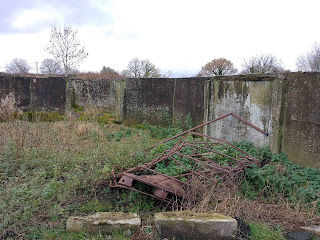





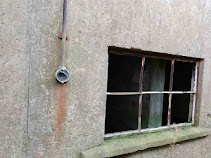




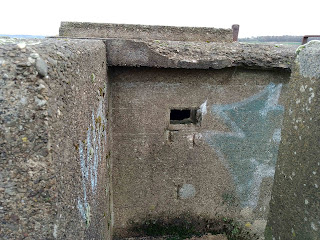


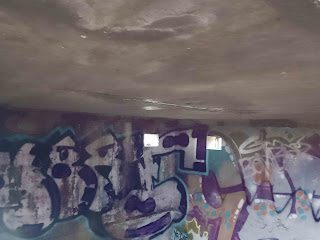

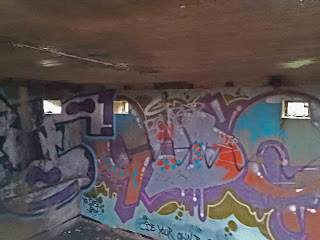











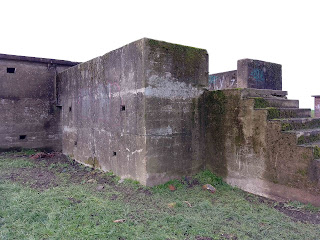
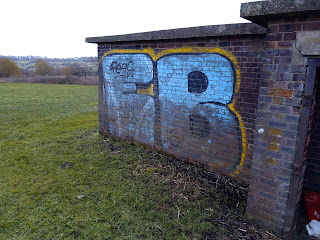



























No comments:
Post a Comment